COS presents a 3D-printed pyramid pavilion by Arthur Mamou-Mani in Milan
Take an exclusive look at Conifera at Palazzo Isimbardi for the fashion house’s eighth Salone del Mobile sojourn
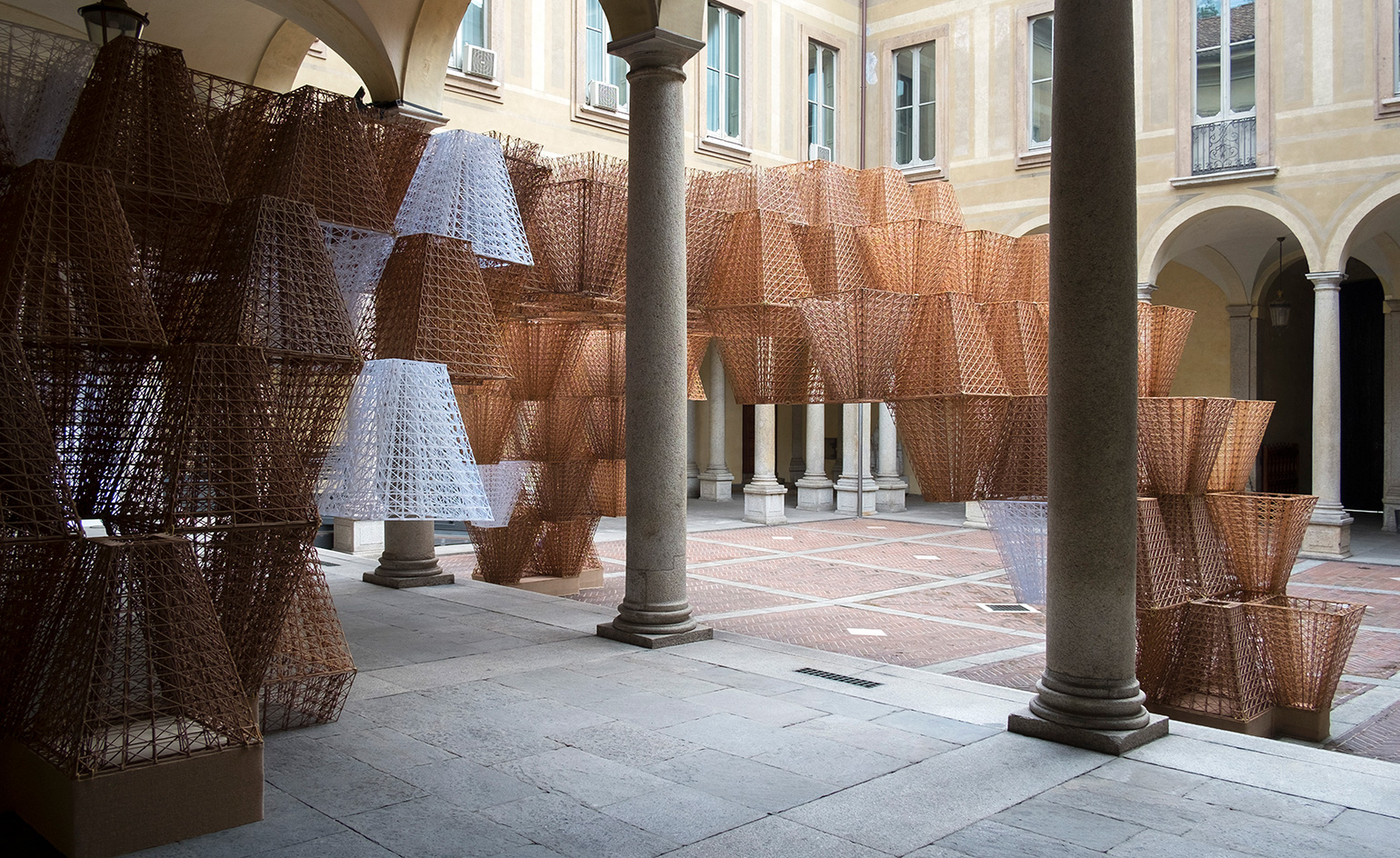
Chris Brooks - Photography
COS – the London-based fashion house known for its simple, timeless collections – has a particular affinity for art, architecture and design. Under the leadership of creative director Karin Gustafsson, its collections are less concerned with show-stopping and barn-storming, but instead exude a quiet, structural beauty.
COS made its Salone del Mobile debut in 2012, working with set designer Gary Card. ‘Salone was one of the places my team used to find inspiration,’ Gustafsson recalls. ‘At that point we didn’t even have a store in Milan.’ Card effectively created a pop-up store and COS followed with another temporary outlet in 2013, courtesy of French design studio Bonsoir Paris. Gradually, the programme has become more experimental and experiential, less about clothes and more about aesthetics and inspiration. Collaborators have included Nendo, Sou Fujimoto and Snarkitecture. Studio Swine’s smoke-filled bubble-spewing tree installation, New Spring, stole the show in 2017, while last year, Phillip K Smith III’s mirrored Open Sky (W*230) took pride of place in the courtyard of the Palazzo Isimbardi, a 16th-century building with 19th-century enhancements.
An exclusive render of Conifera, by Arthur Mamou-Mani, for COS
The site-specific installation’s 700 modular components were 3D-printed in a compostable mix of wood and bioplastic in a variety of textures. They shift from translucent, pure bioplastic to a solid wood colour depending on where they are placed in the Milanese palazzo

This year, COS is returning to Palazzo Isimbardi, this time commissioning the young French architect Arthur Mamou-Mani. With a strong focus on research and technology, Mamou-Mani’s London-based studio has created open-source 3D-printing software that is widely used across the industry. Last autumn, he designed Galaxia, the sacrificial temple-like structure that formed the emotional heart of Nevada’s Burning Man festival. This ascending spiral of timber trusses, which was solemnly destroyed by fire at the festival’s conclusion, wound up on a COS mood board. ‘Arthur’s work was inspirational,’ says Gustafsson. ‘The call came through when I was still in the US,’ Mamou-Mani recalls. ‘I had just had a very emotional experience. And our first conversations with COS were all about how to be impactful and make meaning.’
An interlocking modular form, part-sculpture, part-pavilion, was proposed for the Palazzo Isimbardi site. One early concern was the issue of plastic. A variety of polymers are used in 3D-printing, but COS offered him the freedom to experiment, and Mamou-Mani decided to push the boundaries of current technology. He mixed polylactic acid (PLA), a renewable polymer made from starch vinegar and glycerine, with pulp derived from Douglas fir to create a base filament for the 3D-printers. ‘It has a timber texture but is waterproof and can be extruded, like plastic,’ he explains.
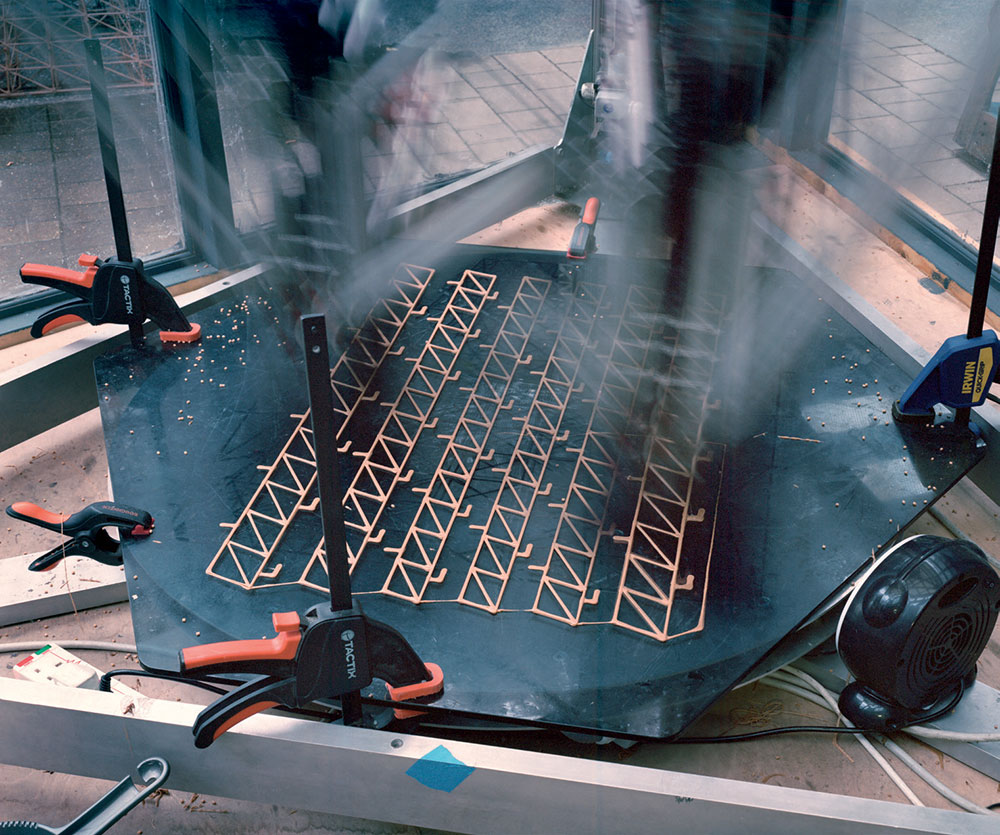
It took a 3D-printer up to four hours to create each Conifera module, using a base filament of polylactic acid and Douglas fir pulp
The installation is 25m long and consists of 700 ‘truncated pyramids’, printed over a period of four months. Starting outside the palazzo and winding through its colonnades before terminating in the internal courtyard, the form integrates into a tightly defined space. ‘We liked the idea of creating with new materials,’ explains Gustafsson. ‘At COS, we constantly challenge ourselves creatively. We’re into materials and how they perform, as well as new ways of making. The process informs the end result.’
The design evolved from an early organic proposal to the final geometric modules, shaped to accommodate any space and inspired by the palazzo’s rigorous classicism. ‘Everything has this rectilinearity,’ Mamou-Mani explains, ‘and there is also a striking contrast with nature.’ The name of the piece, Conifera, references the organic connection between the forms, material and garden location. Mamou-Mani describes it as a counterpoint to Galaxia, which had a very finite shape. ‘The COS project is very constrained by its site– you don’t often get that in parametric design,’ he says.
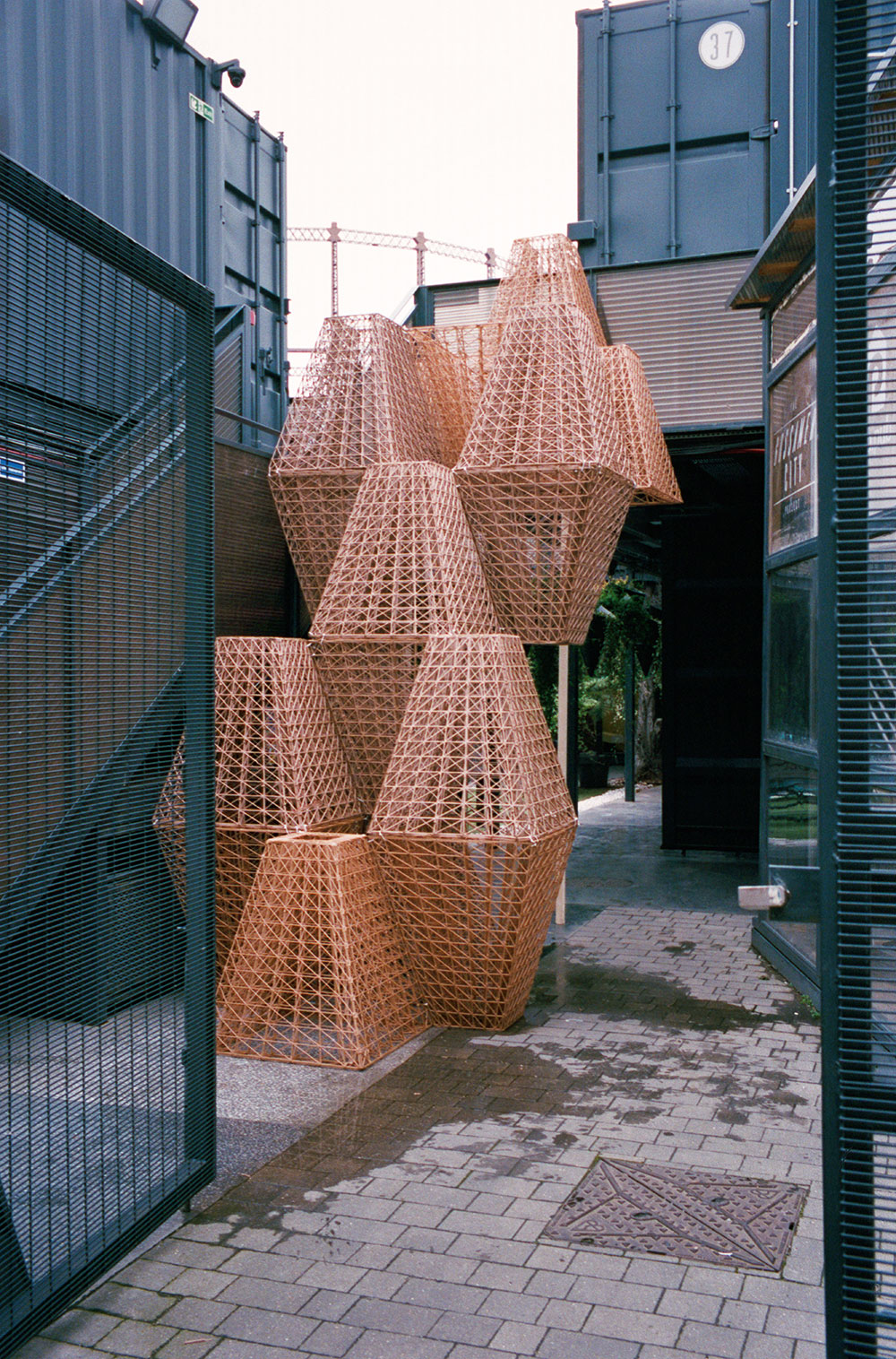
The ‘truncated pyramids’ that make up Conifera
The project was a logistical challenge. ‘Every time I am out of my comfort zone, I know something interesting is going to happen,’ Mamou-Mani says. ‘I’m a very curious person and I enjoy it when design goes beyond our field.’ Each of the 700 elements is identical, printed across four different sites, one in London and three in Italy. Timing was an issue; with each ‘block’ taking up to four hours to print, the studio had to ramp up the number of printers they used to meet the deadline, teaming up with the Italian company WASP (World Advanced Saving Project). Although the studio has worked with engineers such as BuroHappold and Arup, this project was developed with Bath-based engineers Format, who also worked on Galaxia.
As Conifera threads its way in and out of the palazzo’s arched colonnades, the components shift from ‘solid’ wood colour to translucent, pure bioplastic. The variety of texture is unusual for 3D-printing and is due to the inherent variety of the Douglas fir used in the filament and how it is cut and dried.

Mamou-Mani’s studio in Hackney, London, specialises in digitally designed and fabricated architecture.
‘You have gradients of colour. We’re not obsessed with a uniform finish,’ the architect explains. ‘Karin introduced me to the philosophy of wabi-sabi – the acceptance of imperfection. It’s almost meditative.’ ‘I have always worked that way,’ adds Gustafsson. ‘Personally, I design with fabric not drawing, so I believe in not being too controlled by the process. It’s about being open-minded and looking for potential.’
‘The piece can be reimagined and reused – it’s something that won’t stop with Salone,’ says Gustafsson. ‘It’s like how we don’t dictate how our clothes are worn. We think of them as components that can go into a wardrobe in many different ways.’ Located in Heatherwick Studio’s Coal Drops Yard (W*236), London’s newest COS store – a three-storey temple of good taste with a rotating collection of art, photography and periodicals that complement the effortlessly stylish clothing – reflects the brand’s new aesthetic eclecticism. Gustafsson hints that Mamou-Mani’s installation will find its way here, presumably taking a different shape along the way.

A small-scale 3D-printed model of some of the Conifera elements.
The opportunity to experiment has certainly not been lost on the architect. ‘Architects are used to top-down processes. They can find it hard to let go,’ says Mamou-Mani. ‘We burnt our last building, so we know all about letting go.’ Conifera won’t suffer the same fate, but it should certainly sow some creative seeds for the future.
Wallpaper* Newsletter
Receive our daily digest of inspiration, escapism and design stories from around the world direct to your inbox.
As originally featured in the May 2019 issue of Wallpaper* (W*242)
More from Salone del Mobile
Belgian designers turn to the soil for a sensory story in Milan
Announcing Wallpaper* Handmade X at Milan Design Week 2019
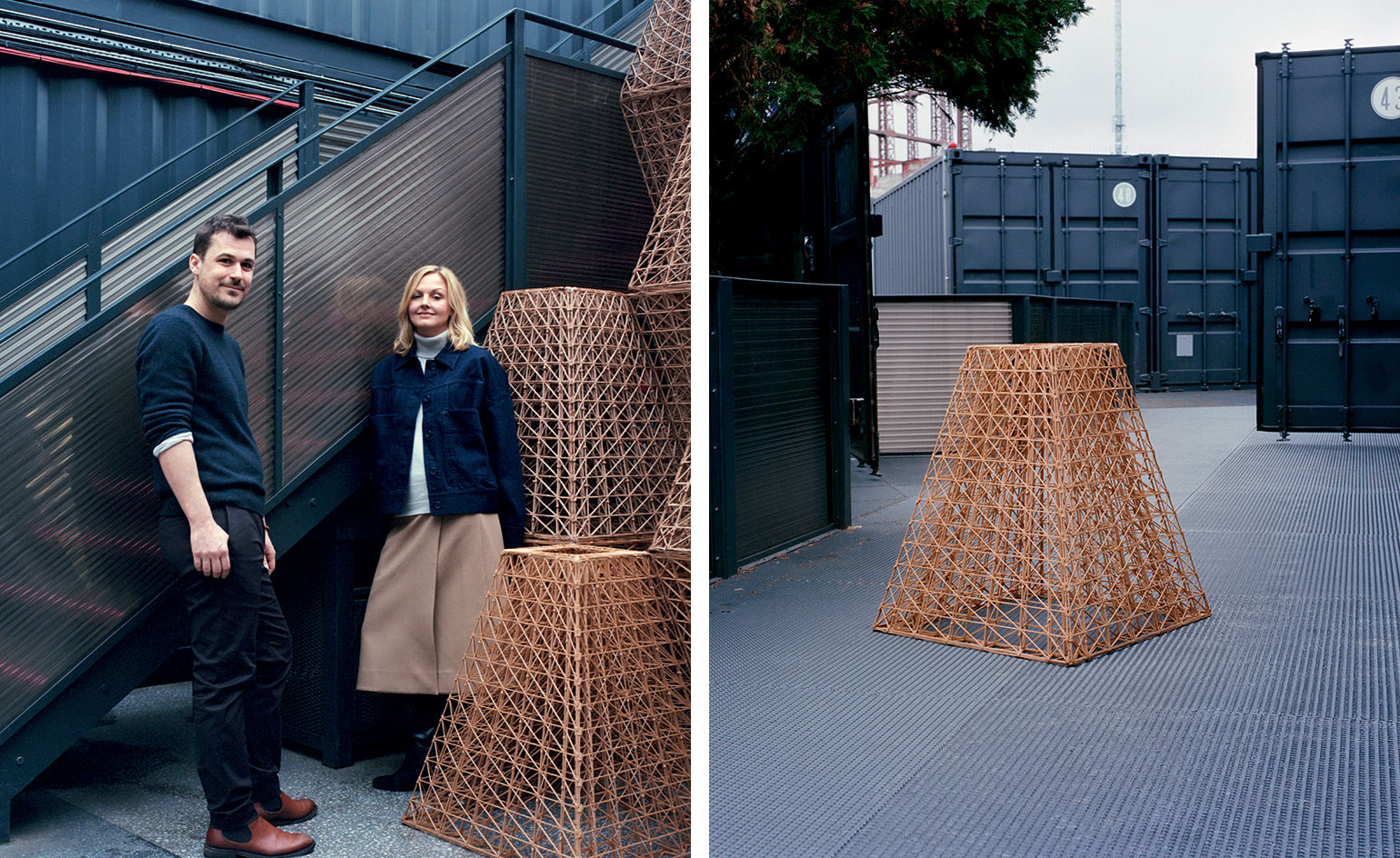
Left, architect Arthur Mamou-Mani and COS creative director Karin Gustafsson with some of the 700 3D-printed modules that make up Conifera, the brand’s Salone 2019 installation. Right, a finished module. Its ‘truncated pyramid’ shape was inspired by the rigorous classicism of Palazzo Isimbardi
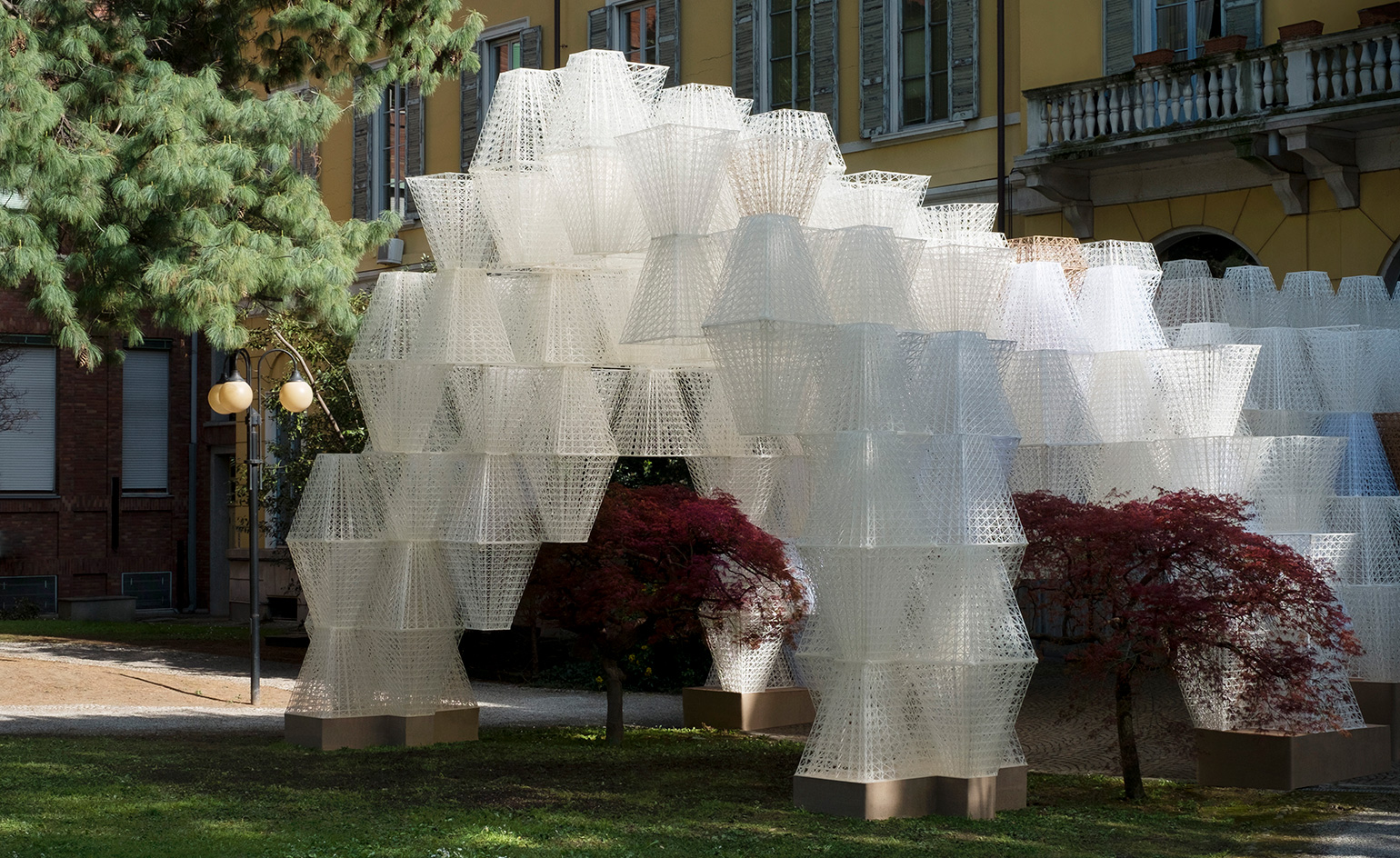
Installation view of Conifera at Palazzo Isimbardi.
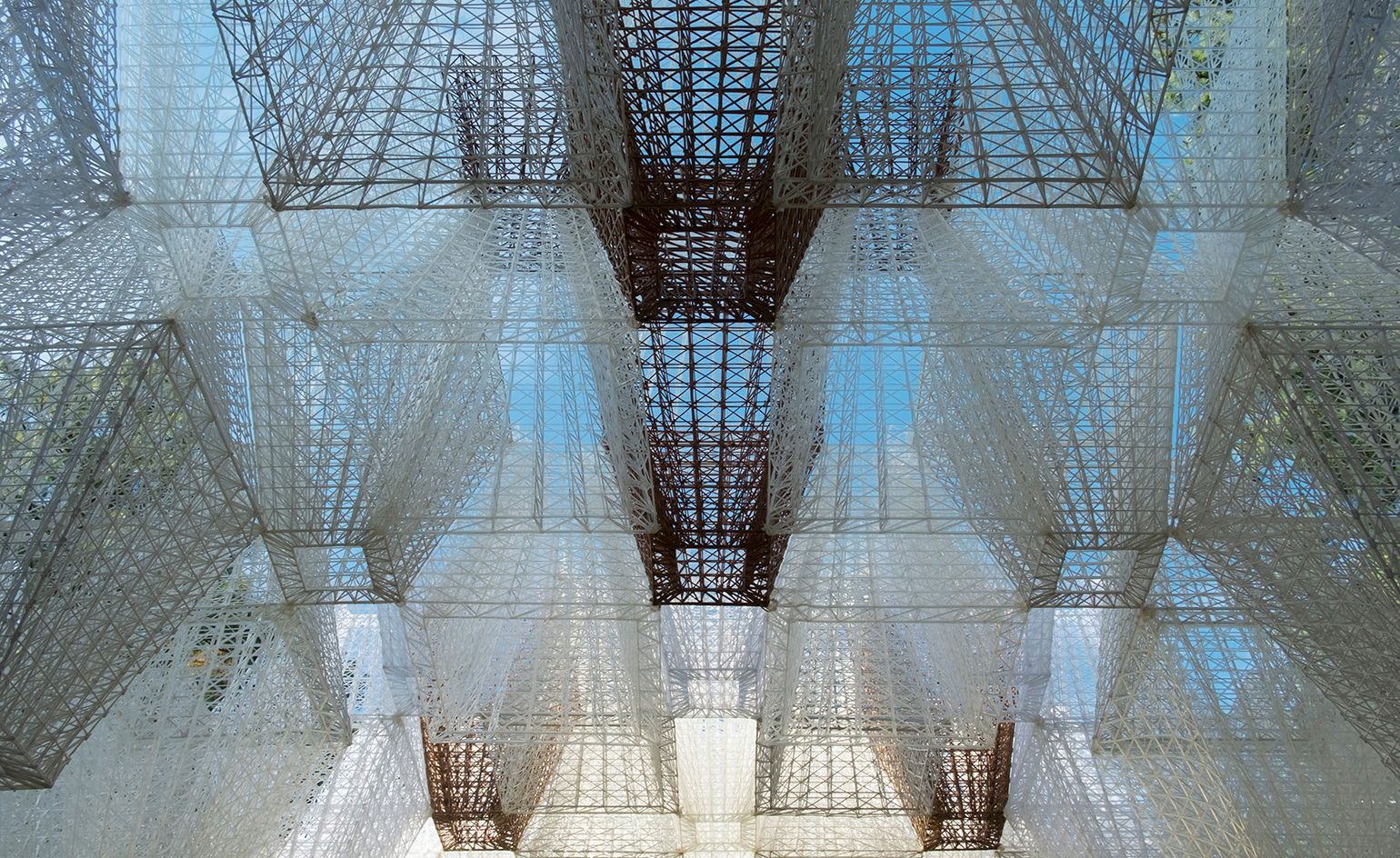
Installation view of Conifera at Palazzo Isimbardi.
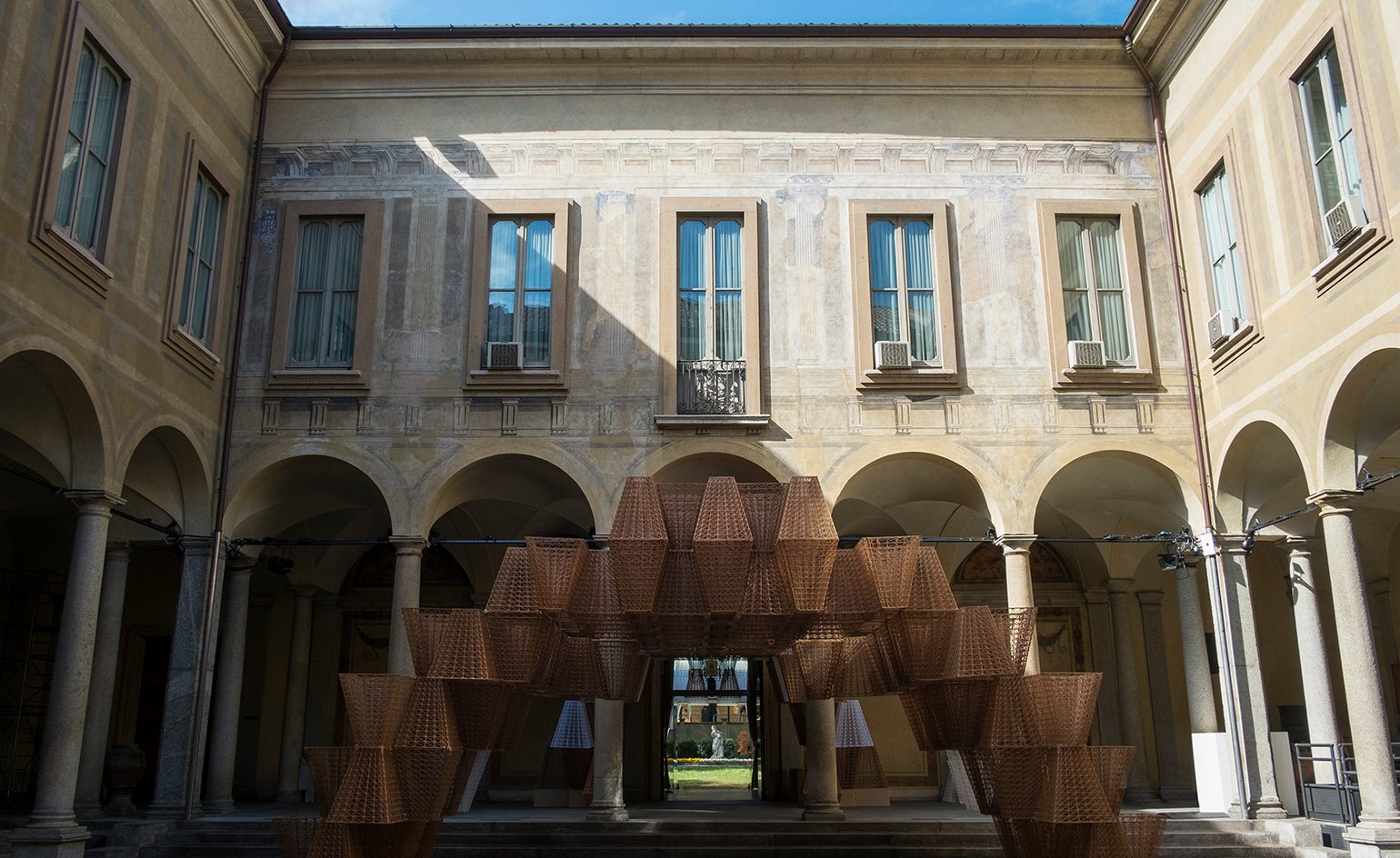
Installation view of Conifera at Palazzo Isimbardi.
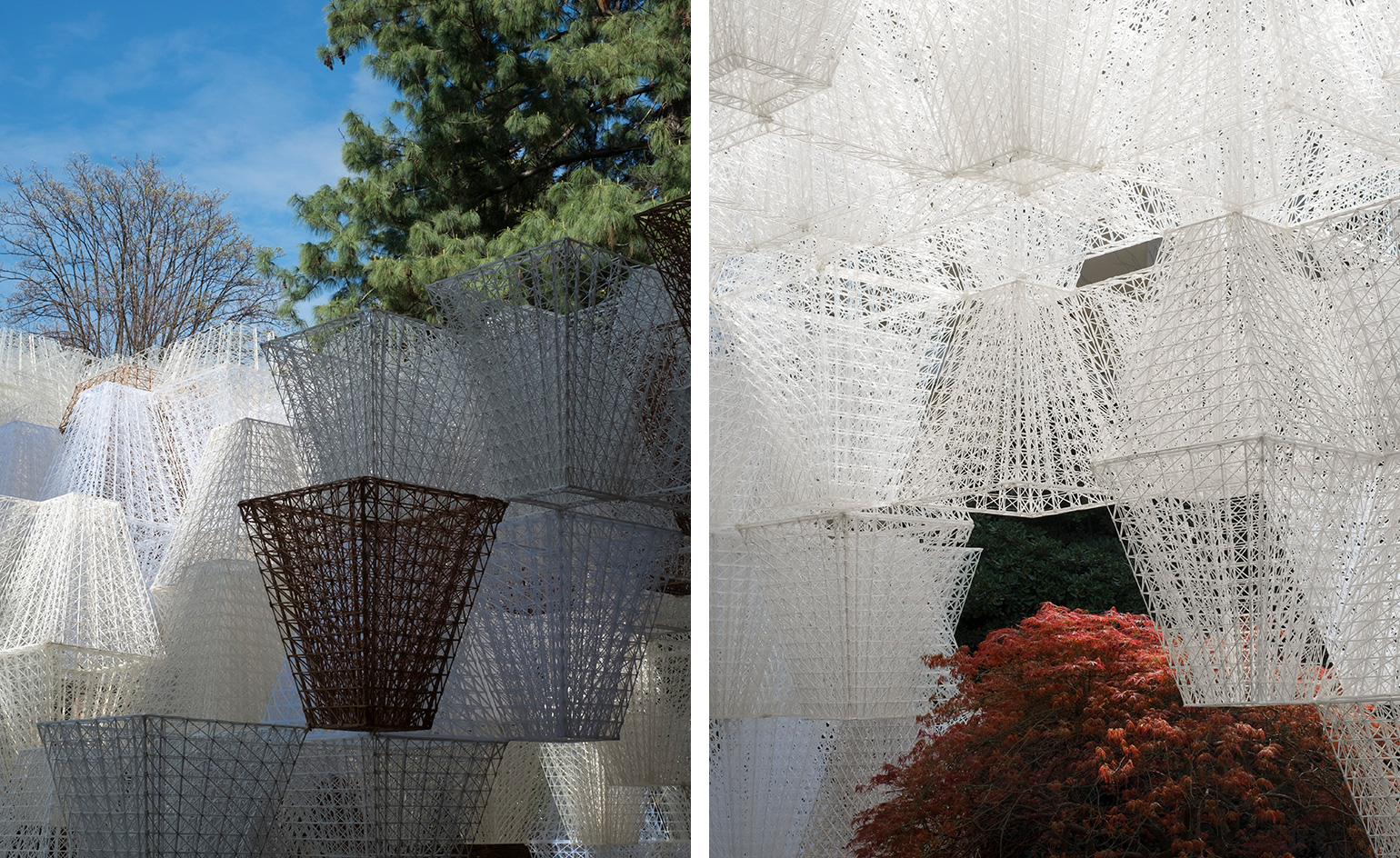
Installation view of Conifera at Palazzo Isimbardi.
INFORMATION
Conifera is on view from 9-14 April. For more information, visit the Mamou-Mani website and the COS website
ADDRESS
Palazzo Isimbardi
Corso Monforte, 35
Milan
Jonathan Bell has written for Wallpaper* magazine since 1999, covering everything from architecture and transport design to books, tech and graphic design. He is now the magazine’s Transport and Technology Editor. Jonathan has written and edited 15 books, including Concept Car Design, 21st Century House, and The New Modern House. He is also the host of Wallpaper’s first podcast.
-
 This new Vondom outdoor furniture is a breath of fresh air
This new Vondom outdoor furniture is a breath of fresh airDesigned by architect Jean-Marie Massaud, the ‘Pasadena’ collection takes elegance and comfort outdoors
By Simon Mills
-
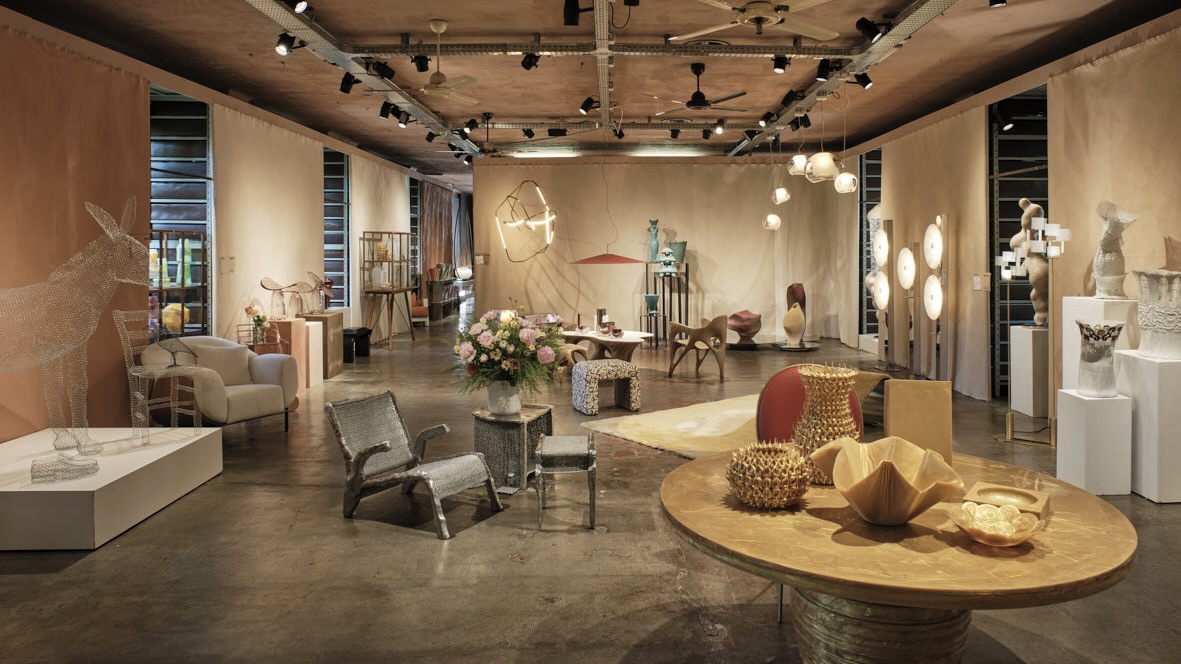 Eight designers to know from Rossana Orlandi Gallery’s Milan Design Week 2025 exhibition
Eight designers to know from Rossana Orlandi Gallery’s Milan Design Week 2025 exhibitionWallpaper’s highlights from the mega-exhibition at Rossana Orlandi Gallery include some of the most compelling names in design today
By Anna Solomon
-
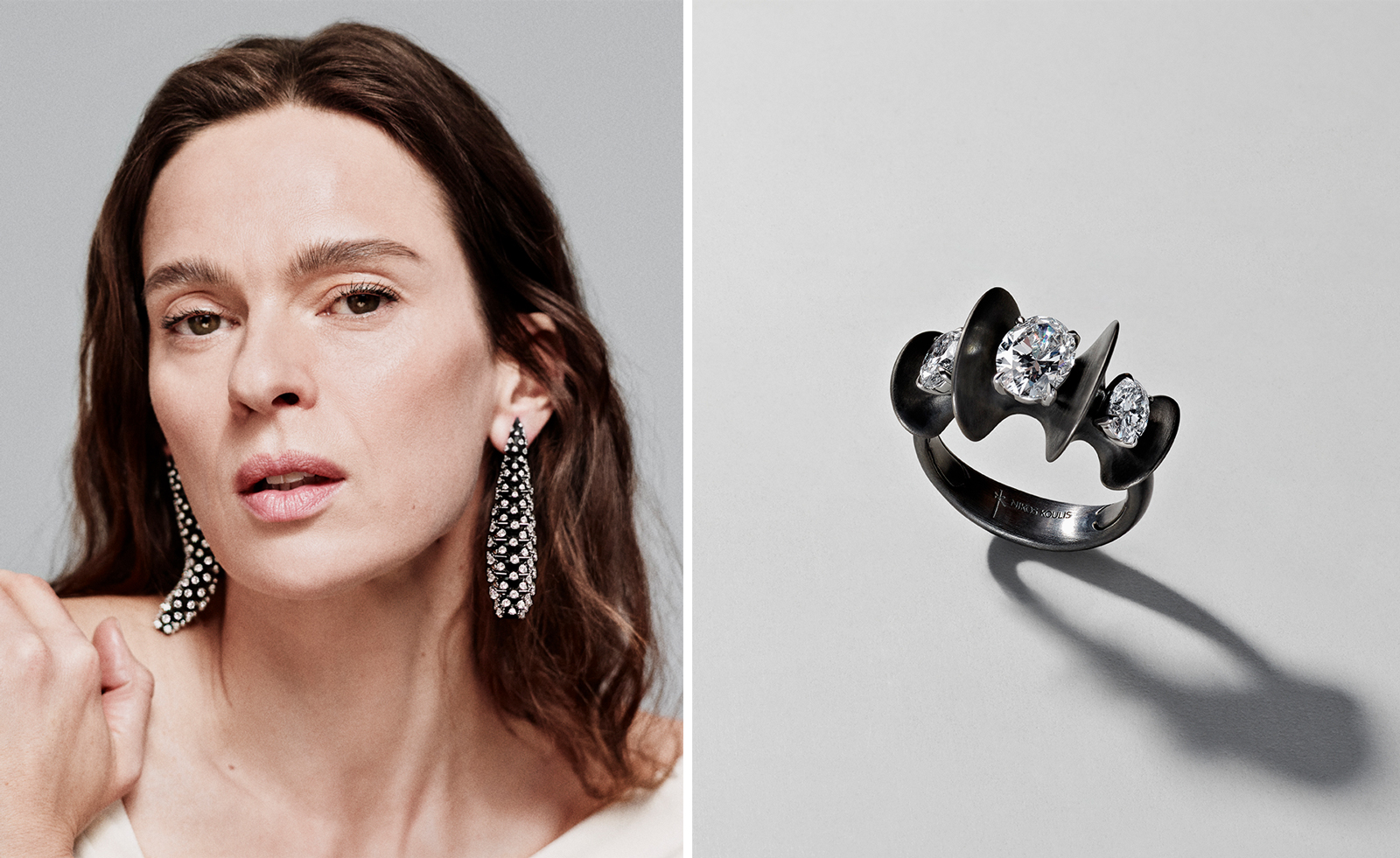 Nikos Koulis brings a cool wearability to high jewellery
Nikos Koulis brings a cool wearability to high jewelleryNikos Koulis experiments with unusual diamond cuts and modern materials in a new collection, ‘Wish’
By Hannah Silver
-
 Eight designers to know from Rossana Orlandi Gallery’s Milan Design Week 2025 exhibition
Eight designers to know from Rossana Orlandi Gallery’s Milan Design Week 2025 exhibitionWallpaper’s highlights from the mega-exhibition at Rossana Orlandi Gallery include some of the most compelling names in design today
By Anna Solomon
-
 Bentley’s new home collections bring the ‘potency’ of its cars to Milan Design Week
Bentley’s new home collections bring the ‘potency’ of its cars to Milan Design WeekNew furniture, accessories and picnic pieces from Bentley Home take cues from the bold lines and smooth curves of Bentley Motors
By Anna Solomon
-
 StoneX partners with Wallpaper* for material alchemy at Milan Design Week and beyond
StoneX partners with Wallpaper* for material alchemy at Milan Design Week and beyondThe natural stone purveyor teams up with Wallpaper* for a three-year partnership of material adventures, starting with an exhibition at Triennale di Milano
By Simon Mills
-
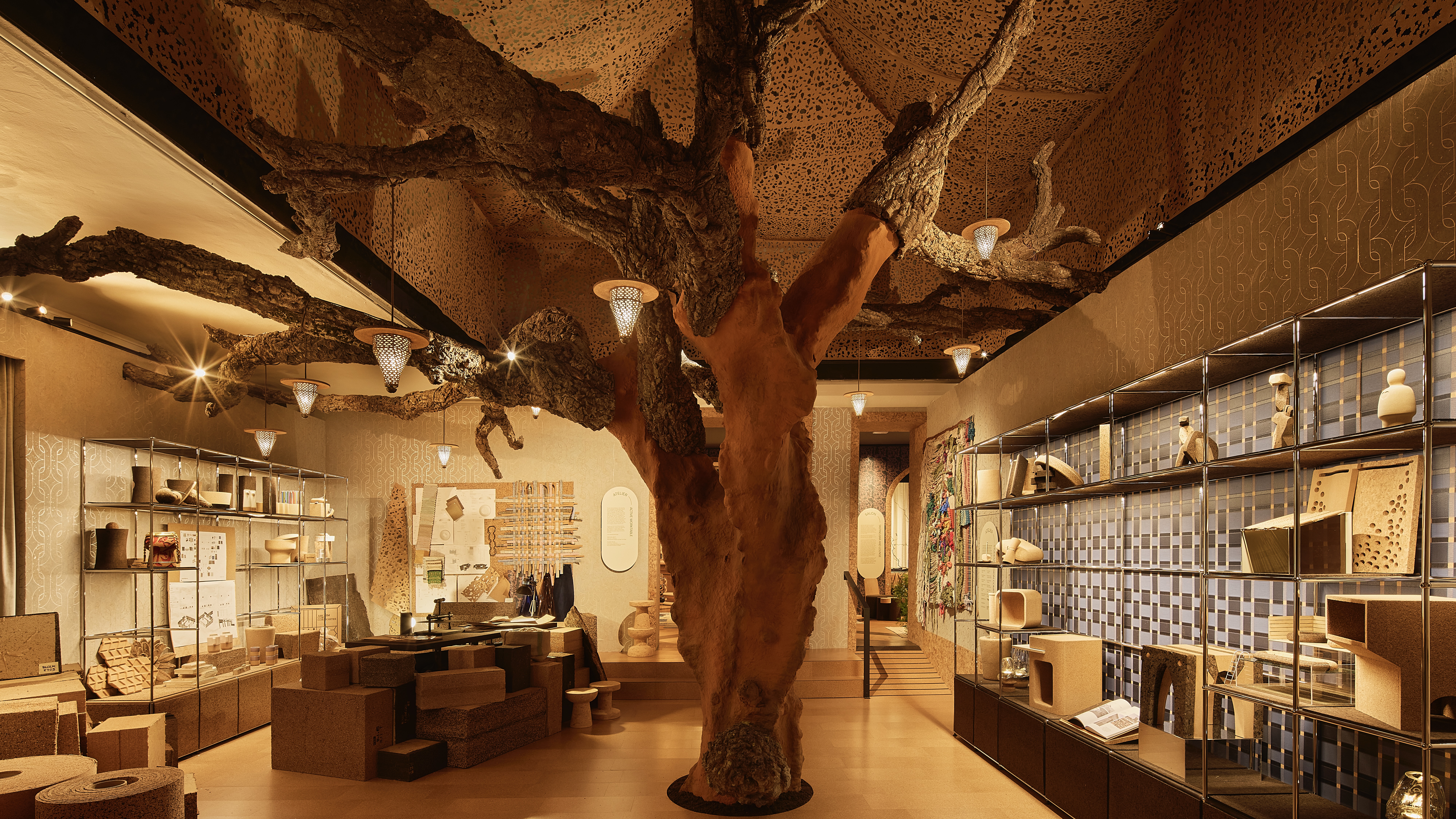 David Rockwell’s Milan Design Week presentation is a love letter to cork
David Rockwell’s Milan Design Week presentation is a love letter to corkRockwell Group’s Casa Cork installation showcases this under-appreciated material, which is infinitely recyclable and sequesters carbon for decades
By Anna Solomon
-
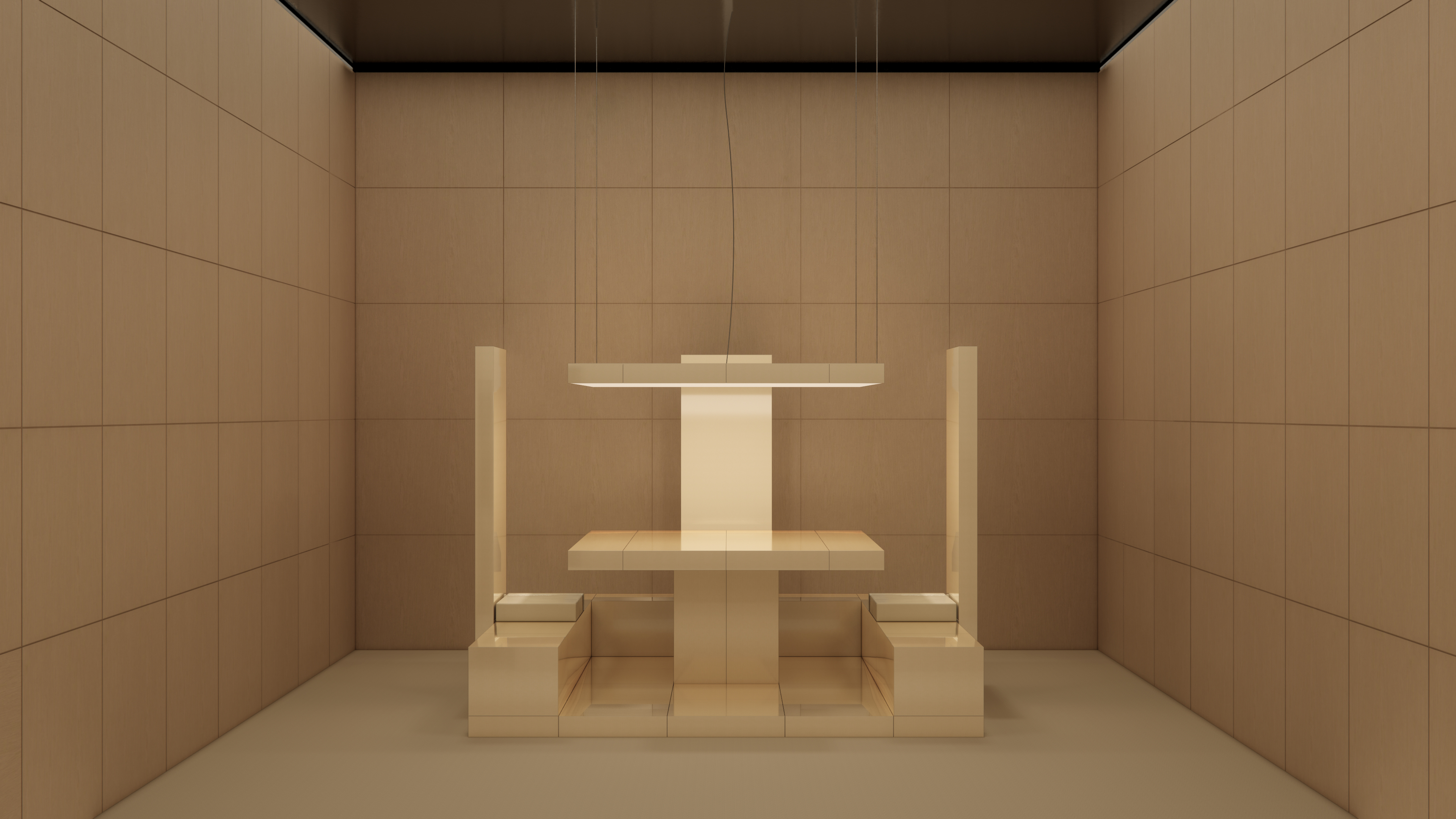 Emerging galleries to discover during Milan Design Week
Emerging galleries to discover during Milan Design WeekWallpaper’s Milan editor has the inside track on the younger design galleries coming to town
By Laura May Todd
-
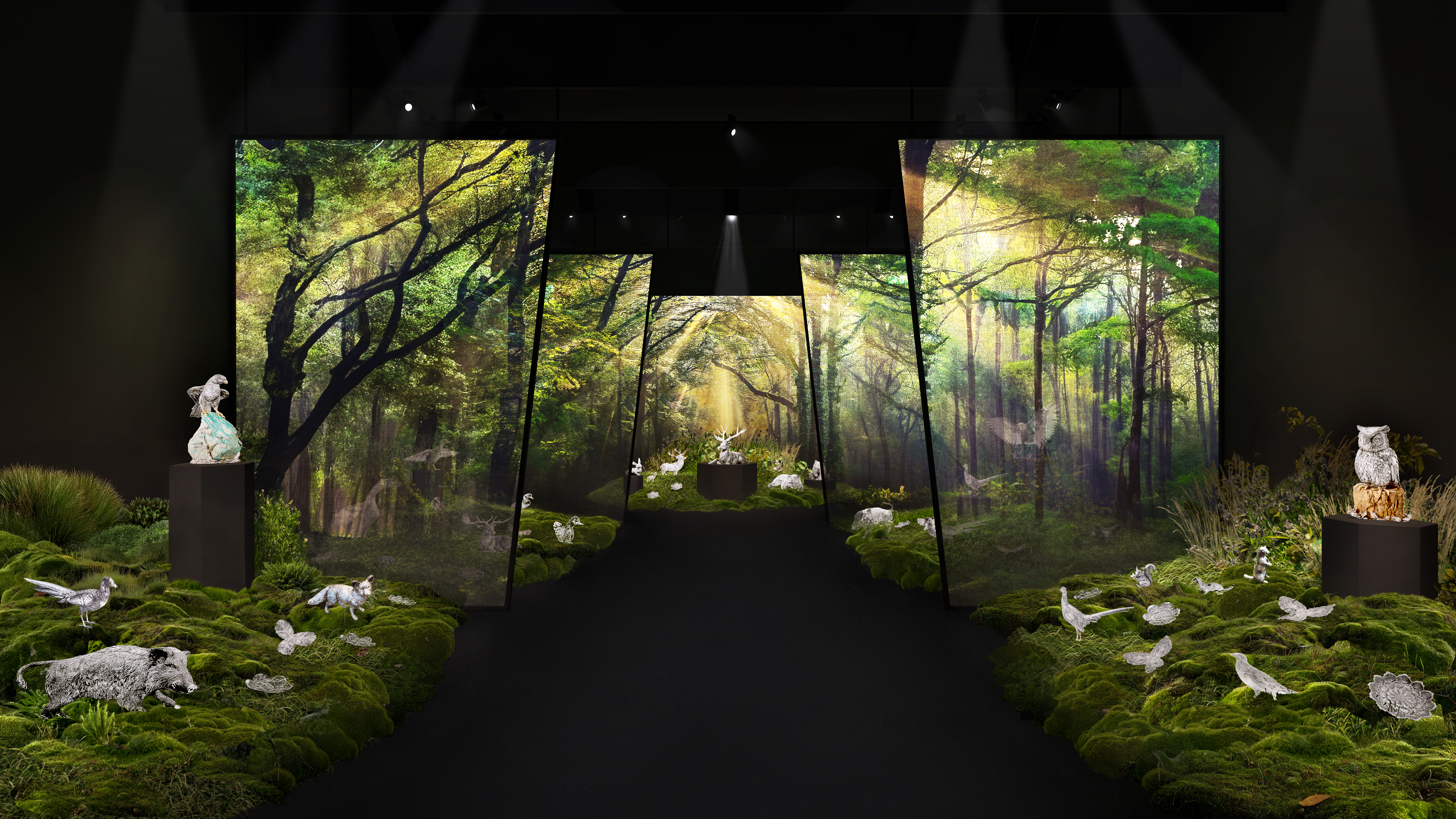 Buccellati brings the forest and Furry Animals to Milan Design Week
Buccellati brings the forest and Furry Animals to Milan Design WeekThe jewellery and silverware maison falls back on tradition for its Milan showcase, presenting its now-emblematic collection of intricately crafted creatures
By Laura May Todd
-
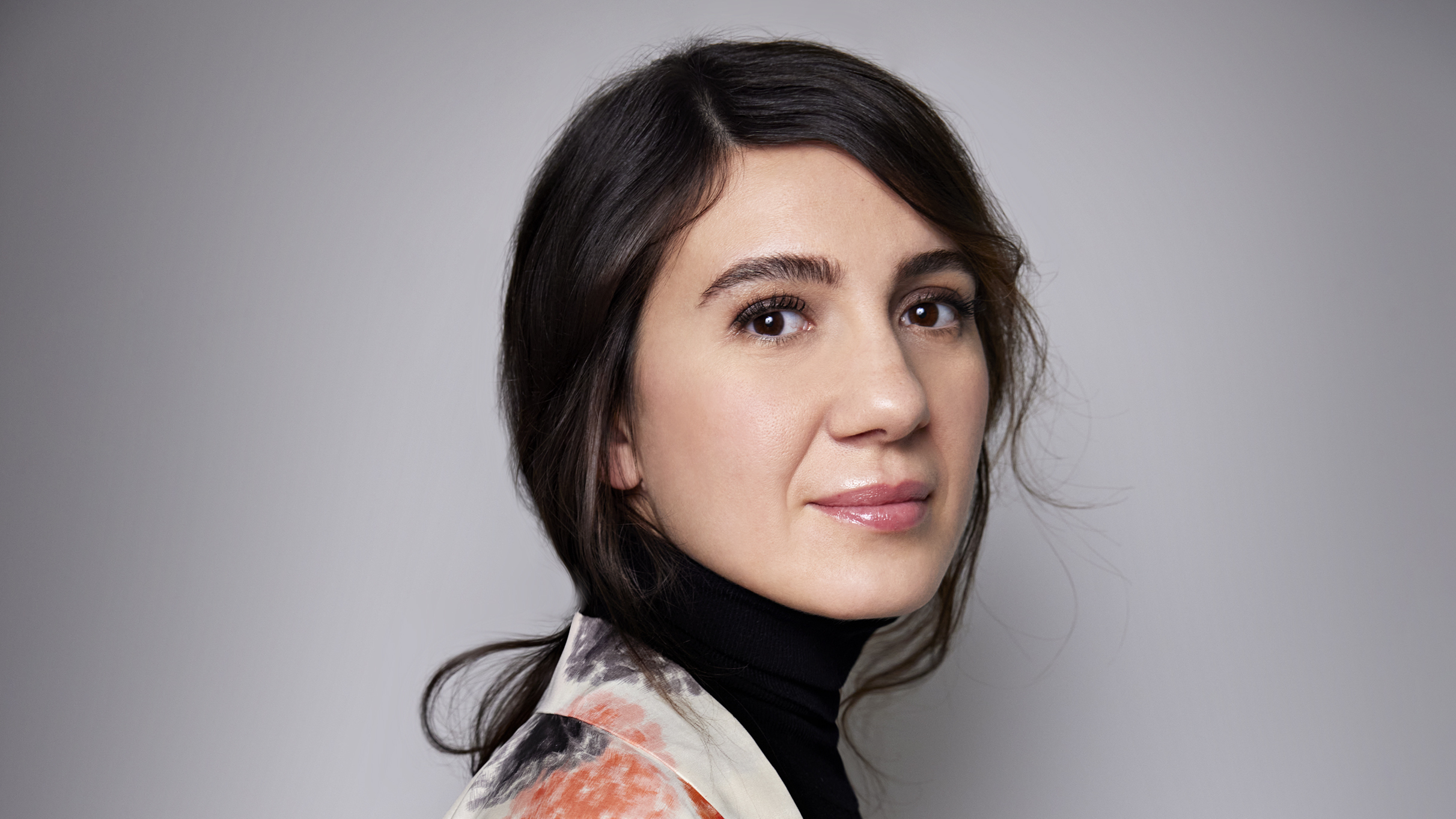 Where next for Salone del Mobile? Maria Porro on the future of the world’s biggest furniture fair
Where next for Salone del Mobile? Maria Porro on the future of the world’s biggest furniture fairAhead of Salone del Mobile 2025 in Milan, we sit down with its president to talk design, data and forging the event’s future in a fast-changing world
By Hugo Macdonald
-
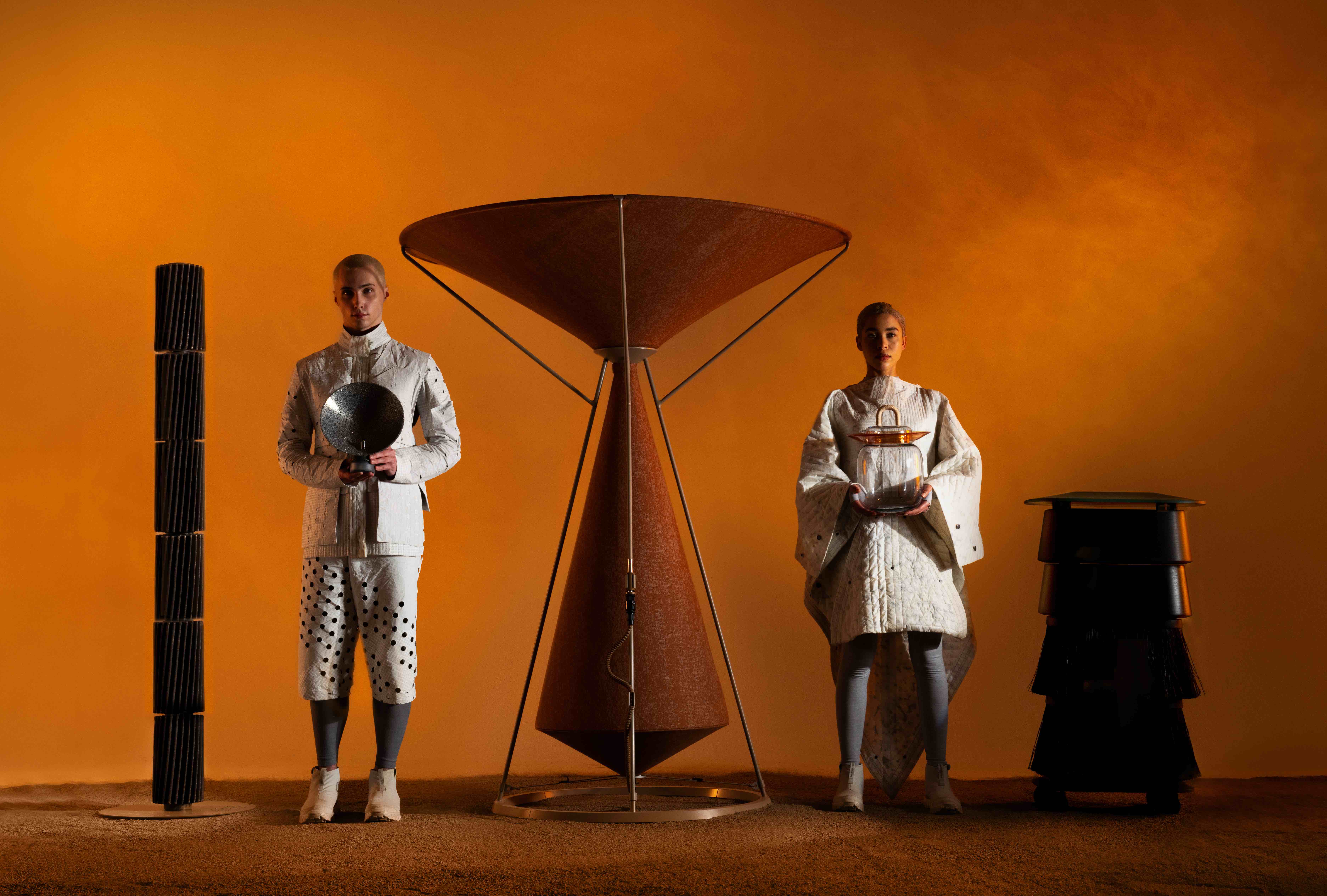 What to see at Milan Design Week 2025
What to see at Milan Design Week 2025A guide to some of the events the Wallpaper* team is checking out at Milan Design Week (7–13 April) – from public installations and major launches to standout venues and must-see exhibitions
By Hugo Macdonald